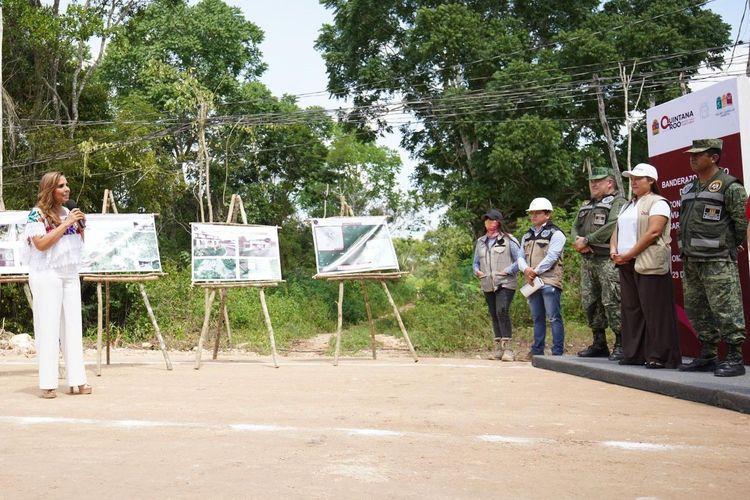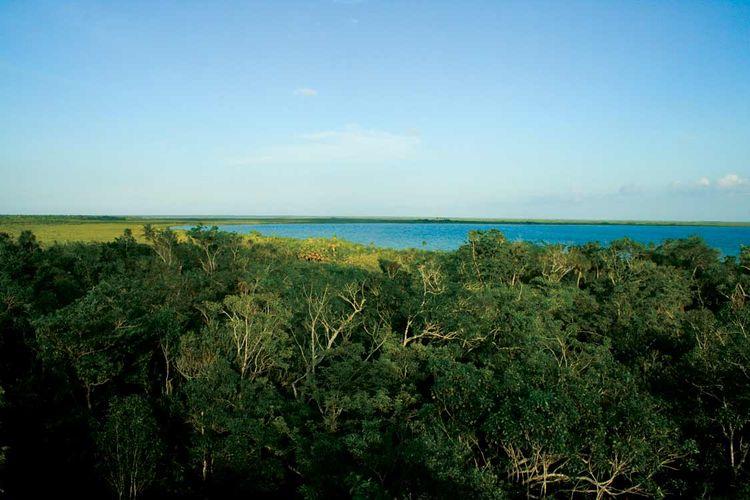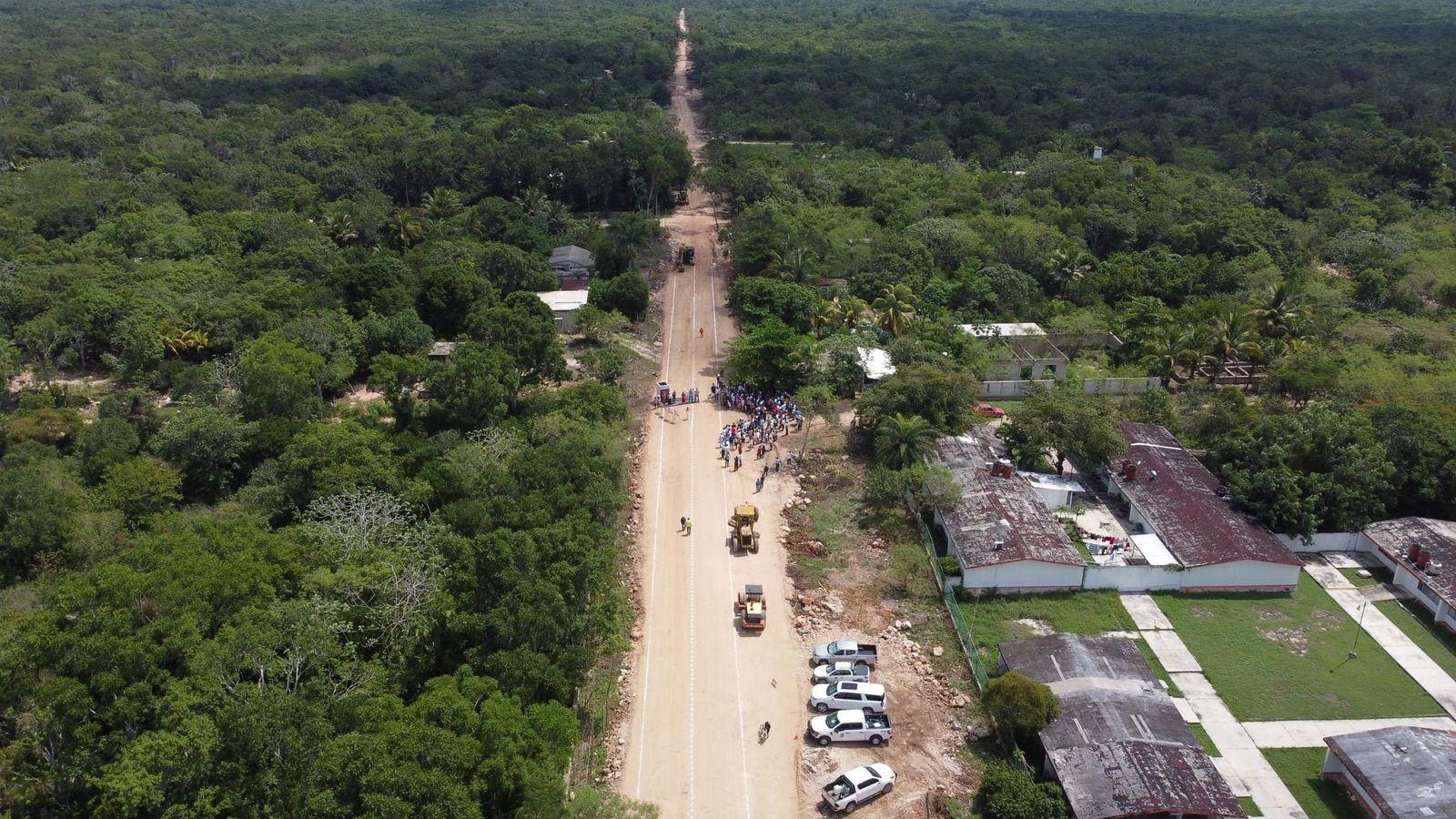Southeastern Mexico has a new infrastructure project that generates tension. What was already a road for residents that went from the Felipe Carrillo Puerto municipality to the town of Vigía Chico, in Quintana Roo, will be converted into a 55-kilometer paved extension to connect the center of the state with the sea and promote tourism in a project entitled “Door to the Sea”.
The starting signal given by Governor Mara Lezama on August 29 generated disagreement. Some Mayan inhabitants and communities reject its creation, mainly because of the possible impact on the Sian Ka'an Biosphere Reserve, which has been a Protected Natural Area (ANP) since 1986 for the conservation of flora and fauna.
However, knowing these effects is uncertain. The population has complained that there was no public consultation, an international requirement under Convention 169 on Indigenous and Tribal Peoples. Nor has the Environmental Impact Manifestation (MIA) been reported, which is a study required of individuals or legal entities who carry out works.
“As far as we know, there is no environmental impact authorization from Semarnat (Secretariat of Environment and Natural Resources), so it's difficult to evaluate what they are doing,” said Gonzalo Merediz Alonso, executive director of Amigos de Sian Ka' an.

Gov. María Lezama kicked off the “Door to the Sea” project at the end of August. Photo: Government of Quintana Roo.
No information
The journey from Felipe Carrillo Puerto to Vigía Chico is not new. This is a road made since the beginning of the 20th century to reach the pier. Its history ranges from the journeys of the Mayan communities to the passage of political prisoners during the term of Porfirio Díaz in those years.
Although there is opposition, there are also residents who celebrate that this road is receiving attention again after complaints about lack of infrastructure and clandestine garbage dumps.
“There are several organizations and some community groups that have spoken out against the project, others are in favor. There is no consensus on what to do. That's why the law is very clear: an Environmental Impact Demonstration has to be held and a public consultation has to be established, where all citizens are given an opportunity to express themselves so that Semarnat will eventually issue a resolution,” explained Gonzalo Merediz, from Friends of Sian Ka'an.
However, there is no report on the consultation process. Causa Natura Media sought the government of Quintana Roo to resolve these questions, but at the close of this publication there was no response.
The only information that has been provided by the government of Quintana Roo is through press releases and the governor's speech during the inauguration of works at the end of August. It is known that “Puerta al Mar” will have an extension of 55 kilometers and that it belongs to the Comprehensive Program for the Development of Strategic Projects in Cancun, which has federal investment.
For now, the works have already started but the Sian Ka'an Reserve has not yet been reached, which is one of the main concerns of those who oppose the project.
Faced with uncertainty and lack of transparency, it was announced that indigenous Mayans from the municipality of Felipe Carrillo Puerto applied for an amparo against “Puerta al Mar”, as well as against the Mayan Train works that also impact the region, for not carrying out the indigenous consultation.
Other groups such as the U Kúuchil k Ch'i'ibalo'on Community Center have launched an outreach project entitled Noti Sak Beej, which denounces the lack of access to information and the possible effects that the project could have if we do not consider the environmental impact.

Sian Ka'an Biosphere Reserve. Photo: Government of Mexico.
The uncertain
In the absence of studies and consultation for the “Door to the Sea” project, talking about impacts is complicated. However, groups and organizations that have been advocating for environmental conservation for years fear that paving may have effects, in addition to affecting flora and fauna, such as irregular settlements since the municipality of Felipe Carrillo Puerto does not have a land planning plan.
This also leads to more deforestation, scarcity of drinking water and lack of wastewater treatment.
“Worrying is the fact that this road had enormous ecotourism potential, it still does, and it could be an opportunity for the region to have a tourist alternative to the sun and beach that we have here in the north of Quintana Roo. An alternative that can be profitable if properly managed by the local population,” explained Gonzalo Merediz.
For the director of Friends of Sian Ka'an, Mexico's biodiversity gives it the potential to generate a larger economy based on respect for protected areas and alternatives to extractive tourism that affects natural areas. But the work is still pending and it is necessary to continue joining efforts to achieve it.
“The infrastructure is here. Yes, we need a little more, but we don't have to invest in huge roads, in huge hotels, in huge golf courses, because it's a different concept. This is already well developed in the north of Quintana Roo. In the center and south, we need a different one and recognize that value of the wealth that we already have,” Merediz concluded.



Comentarios (0)